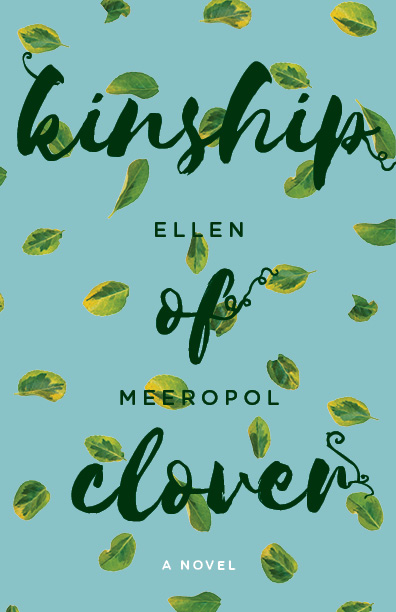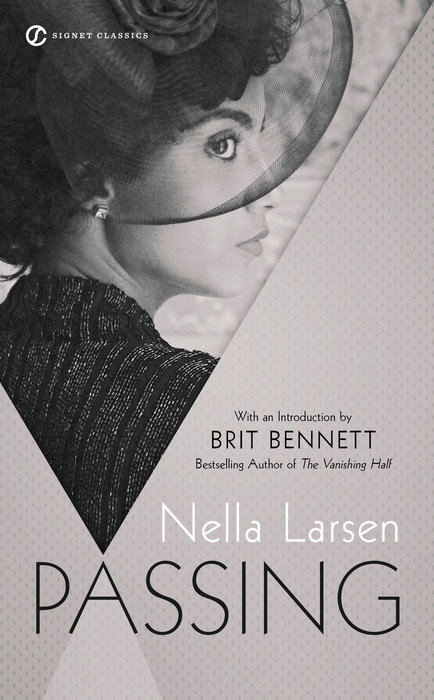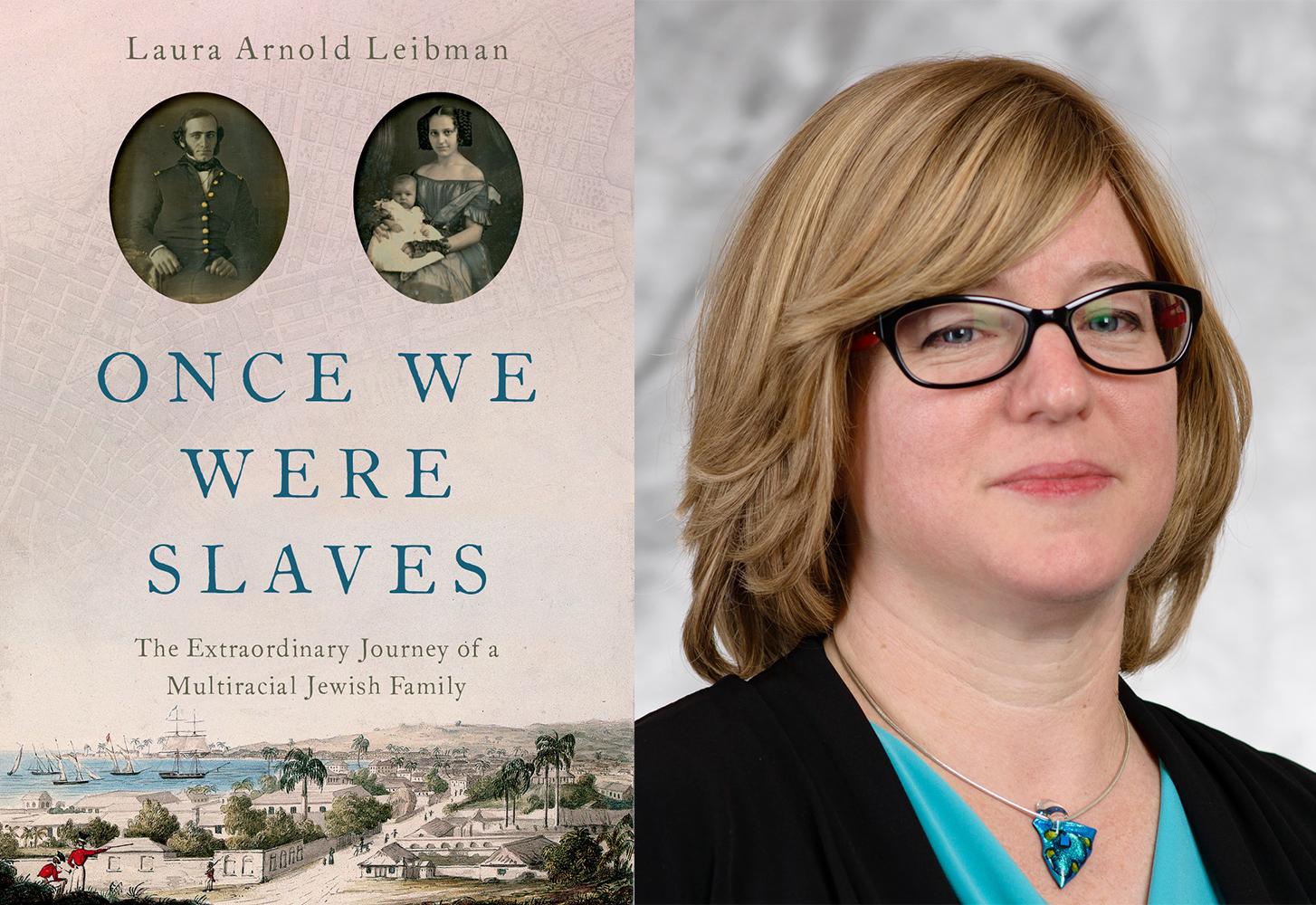Blurring the Lines: James Parker Barnett, Racial Passing, and Invisible Early Black Students at Columbia UniversityPosted in Articles, Biography, Campus Life, Census/Demographics, History, Law, Media Archive, Passing, Slavery, United States on 2021-11-15 22:01Z by Steven |
Columbia University and Slavery
Columbia University, New York, New York
2018
Discussions of racial passing have never been simple, as racial passing involves the traversing of social systems and the manipulation of power structures in a way that is often unsettling. Racial passing, according to Randall Kennedy, is a “deception that enables a person to adopt certain roles or identities from which he would be barred by prevailing social standards in the absence of his misleading conduct”.1 The most typical form of passing that has historically occurred in the United States is that of a black person passing as a white person; in other words, a person who has black ancestry that would societally deem him to be black moving throughout society identifying and performing as a white person. It is important to distinguish between a passer and a person who is not aware of their racial ancestry; while a passer is actively cognizant of their background and intentionally living as another race, many individuals are simply unaware of their race and fully believe themselves to be of the race they are living as, even though the facts of their racial ancestry would classify them as a different race than the one they identify as.2 The reasons for racial passing vary, but individuals usually decide to pass in order to reap the benefits that come with being of the race they are passing as. For example, a person may pass in order to access better job prospects, receive a higher level of education, or to occupy any other space that was typically off limits for their race.3
In a society like that of the United States which exists as a social hierarchy stratified by race and class, racial passers have been considered a significant threat to the structures that uphold white supremacy. For white people in America, “the core of ‘the American national character’ was a denial of legitimacy and privilege based exclusively on descent”.4 In other words, American society was and is inherently structured based on the hoarding of privilege by the white race and the denial of this privilege to minority groups, which above all applies to African-Americans. Therefore, minorities who pass as white pose a grave threat to the maintenance of this structure, as the act of passing blurs the barrier between the privileged elite and the oppressed. Although the infamous one-drop rule was not formally adopted until the 1920s5, the American South’s desire to hold onto the racial caste created by slavery led the entire nation to spend the years of 1850 to 1915 “turning from a society in which some blackness in a person might be overlooked to one in which no single iota of color was excused”.6 States like North Carolina and Virginia had laws prior to the solidification of the one-drop rule within the 18th and 19th century that defined as white those with less than one-fourth, one-eighth, or one-sixteenth African “blood”, but these rules were always overridden by rules of slavery which could deem even a person with one-sixty-fourth black “blood” to be black if their mother was a slave.7 By time the one-drop rule was written into law, which classified a person as black if they had any hint of African “blood” no matter how small and no matter their phenotypical appearance, any advantage that Mulattos may have enjoyed post-slavery that elevated them slightly above Black people without any white “blood” had long disappeared, and Mulattoes had been solidified as indistinguishable from any other member of the black race.8…
Read the entire article here.





